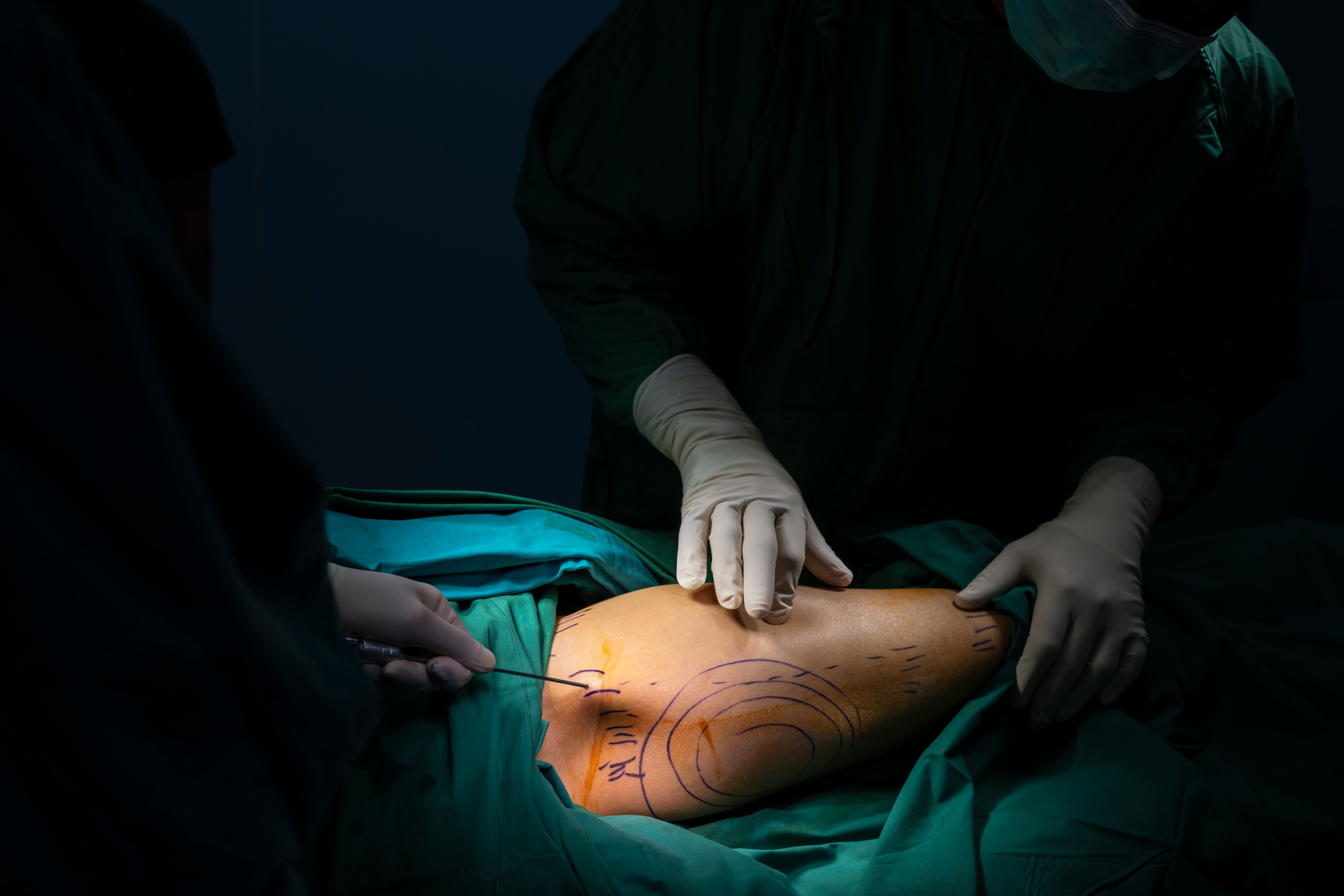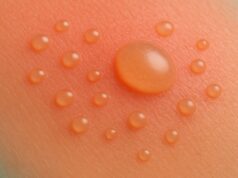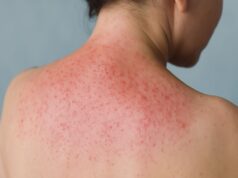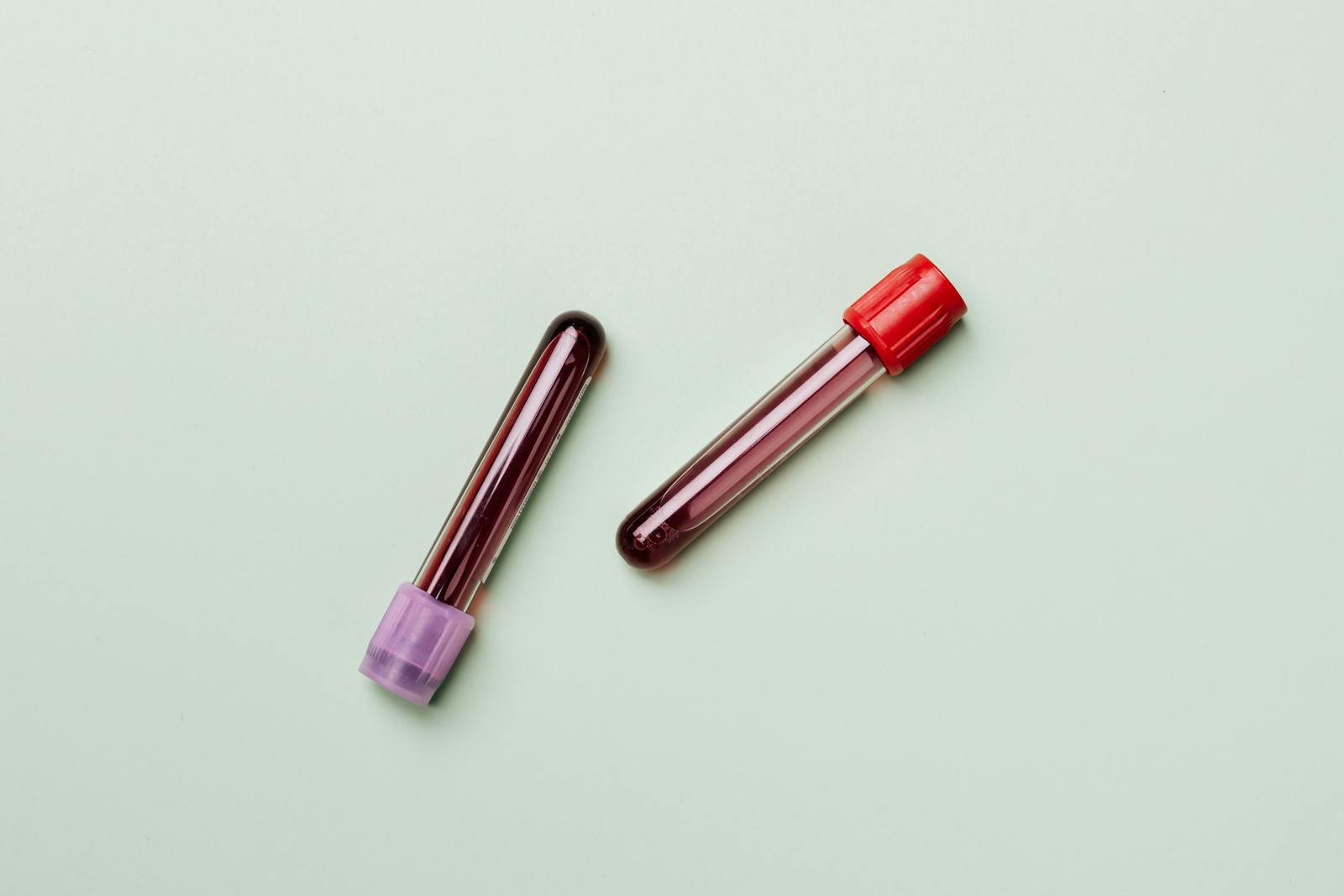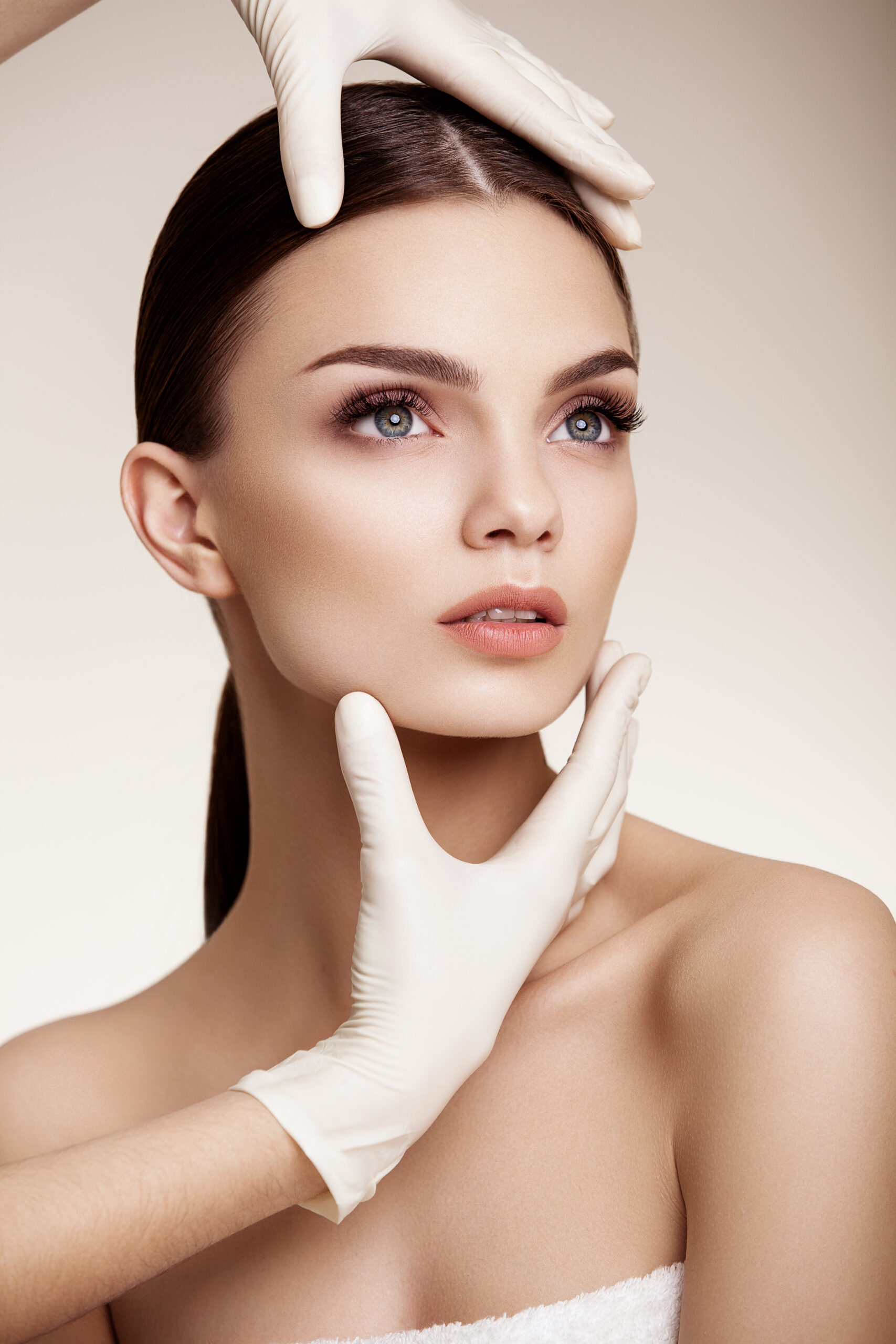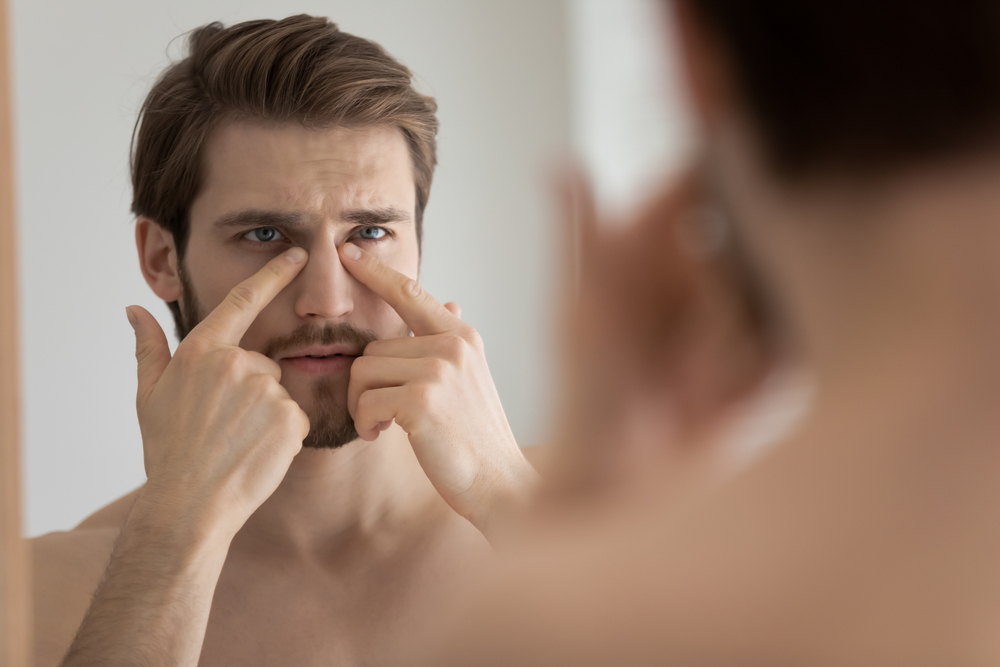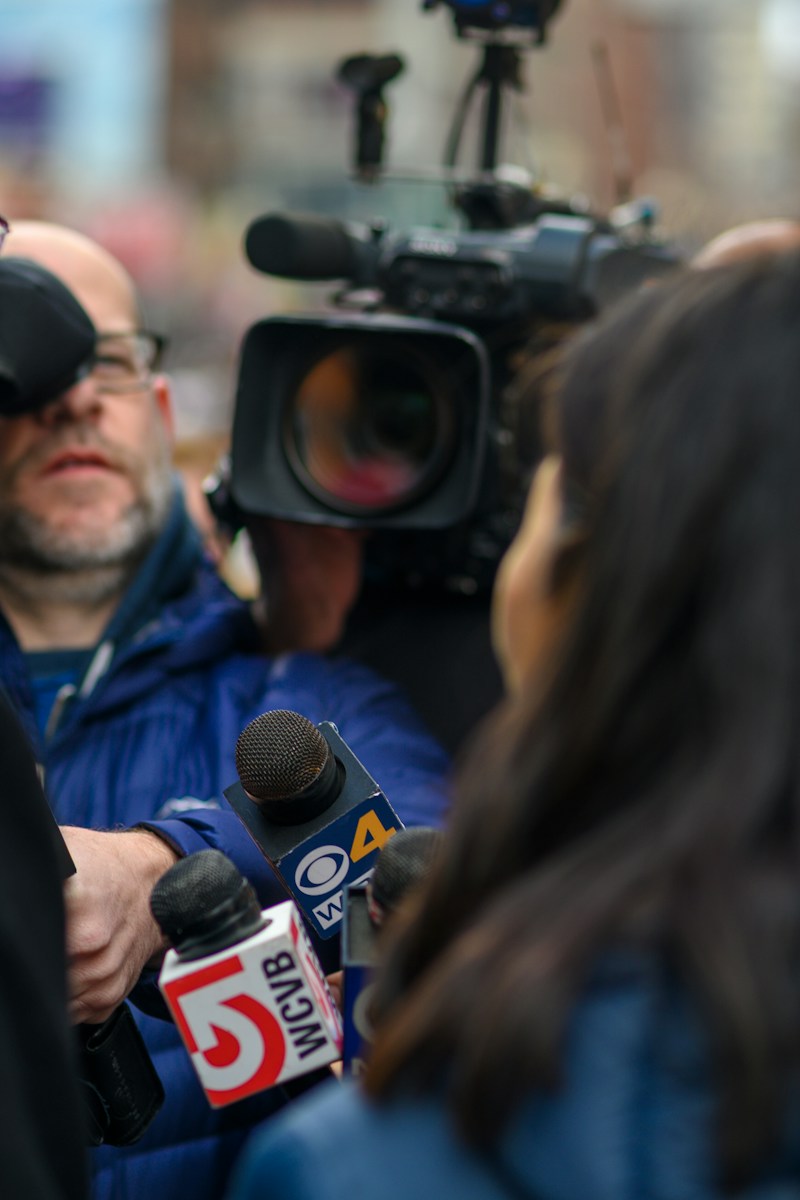In an era when aesthetic medicine is increasingly normalised, the cost of beauty is no longer just financial. Last Saturday, a woman lost her life in Rome after undergoing a liposuction procedure at what authorities are calling an unauthorised and illegal surgical centre. Ana Sergia Alcivar Chenche, a 47-year-old Ecuadorian national, suffered a cardiac arrest after being treated at the clinic of Dr José Lizárraga Picciotti, a Peruvian-born doctor now under investigation for manslaughter.
What has emerged since her death is a chilling pattern of neglect, deception and disregard for human life. Investigators report that the operating space was illegally repurposed and had been functioning without formal authorisation for over 13 years. When the police arrived, they found it emptied of medical equipment, as though anticipating a raid. There was no documentation, no archives, and no trace of patient records, including any evidence that Chenche had ever been treated there.
Crucially, the clinic lacked basic life-saving tools, such as a defibrillator. After Chenche’s condition deteriorated, no emergency services were called. Instead, Dr Lizárraga Picciotti attempted resuscitation himself and only many hours later contacted a private ambulance, not through the official emergency number, but via a personal route. By the time she arrived at Policlinico Umberto I, she was already in cardiac arrest. Attempts to revive her failed.
This is not the first complaint against Dr Lizárraga Picciotti. He has faced previous proceedings for medical negligence in 2006 and 2018. Despite this, he has continued to market himself aggressively on social media, targeting Rome’s South American community with slogans like “All South American aesthetic surgery in Rome” and “Free your beauty, we have the best prices.” His platforms blend testimonials with flamboyant videos of himself singing and dancing in luxury settings, masking the risks with charm and charisma.
One former patient, Emini Gercaliu, bravely came forward to share her harrowing experience. She described how she too underwent liposuction at the hands of Lizárraga Picciotti and suffered ongoing pain, deformity and emotional trauma. “He ruined me,” she said. “Between still current pains and an unrecognisable abdomen, I was saved by a miracle.” Her legal battle for justice was hard-won, but it sheds light on how such clinics can continue to operate unchecked for years.
Chenche’s death is not an isolated case. Rome has witnessed a string of fatalities linked to unregulated aesthetic procedures in recent months. In separate incidents, 22-year-old Margaret Spada died following a rhinoplasty, and 62-year-old Simonetta Kalfus died from sepsis after undergoing liposuction, both in unlicensed studios.
The accumulation of these tragedies has prompted the Carabinieri’s NAS (Italy’s Health and Hygiene Police) to intensify inspections. In the course of their investigations, they discovered 32 criminal offences related to illegal practice, storage of expired drugs, and falsification of professional certificates. Medical supplies worth 3.5 million euros have been seized.
What these cases demonstrate is not simply the danger of unscrupulous individuals, but the failure of regulatory systems to protect vulnerable patients. Many are lured by affordability or cultural affinity, unaware of the risks they face in unlicensed settings. It’s a stark reminder that behind the hashtags and glossy before-and-after images, there may be nothing more than an empty room, a few expired drugs and a practitioner with more charisma than competence.
The conversation surrounding cosmetic surgery must evolve beyond aesthetics. It must include patient safety, accountability, and regulation. Because when things go wrong, the consequences aren’t just cosmetic. They’re irreversible.
